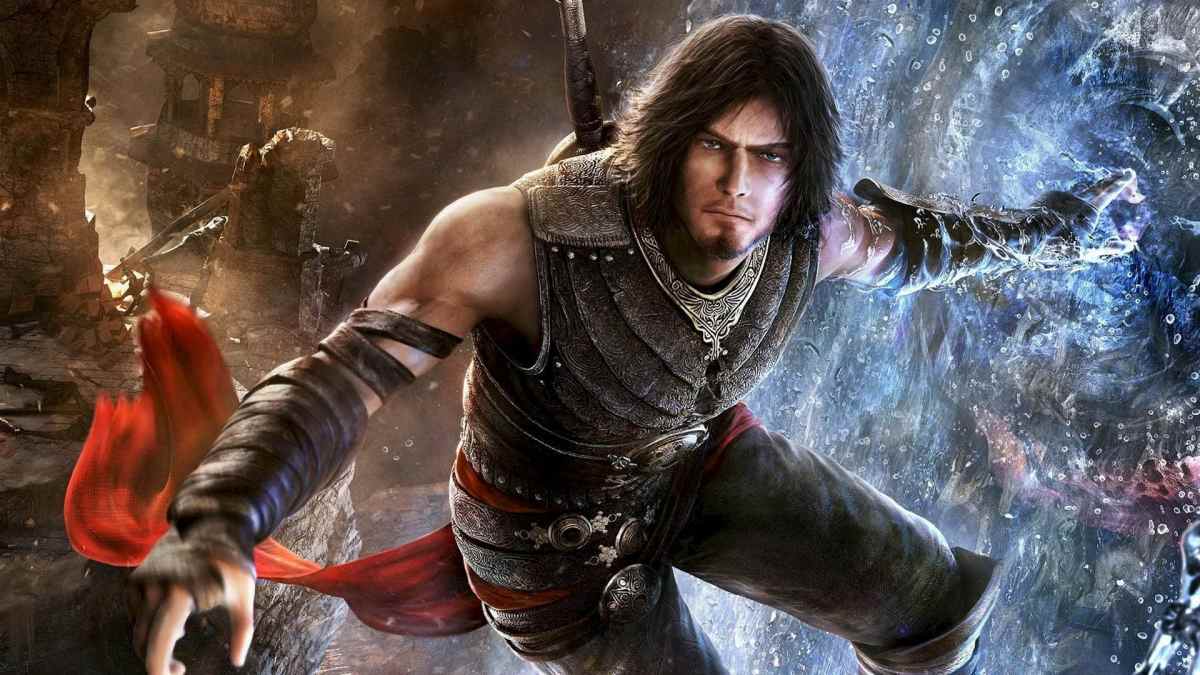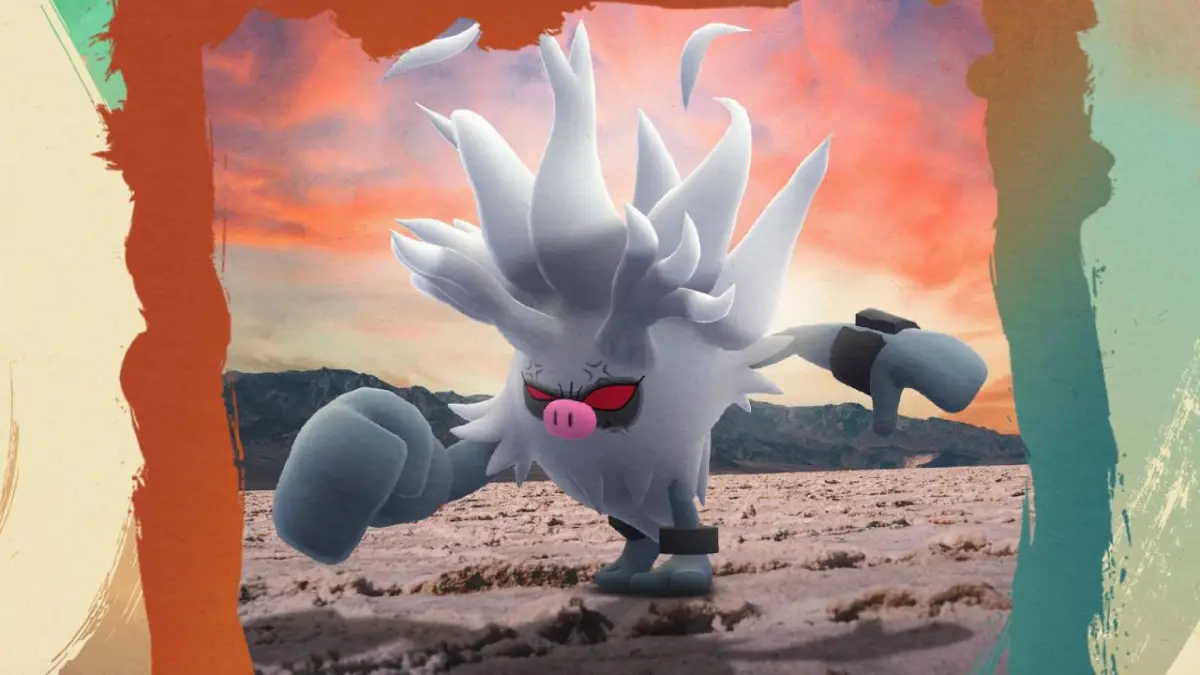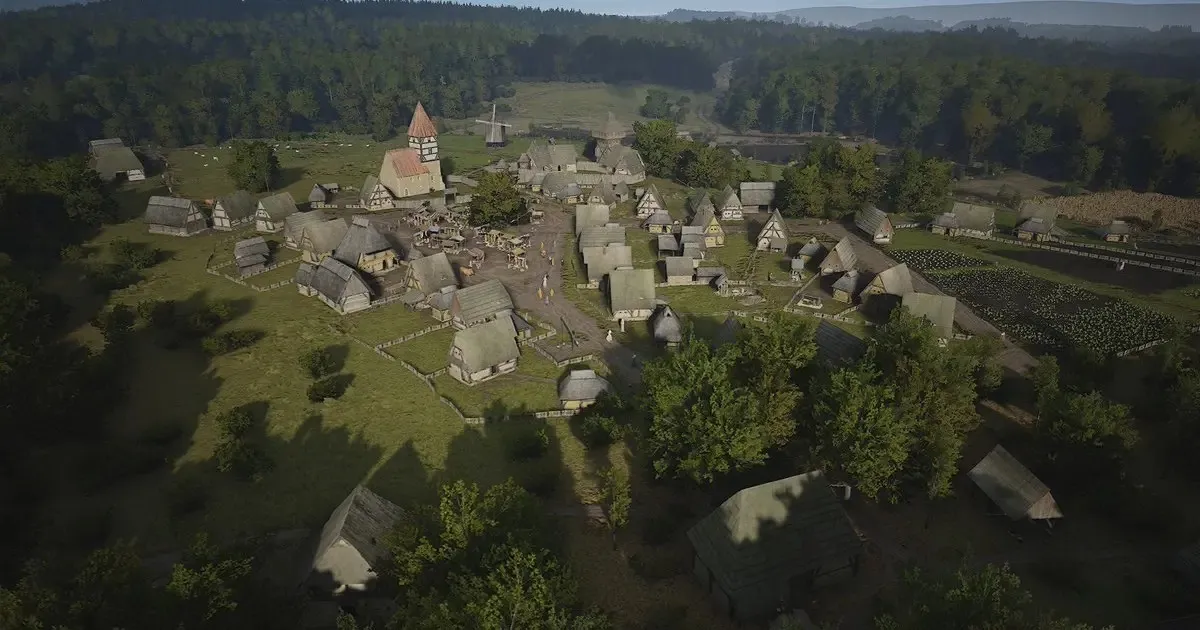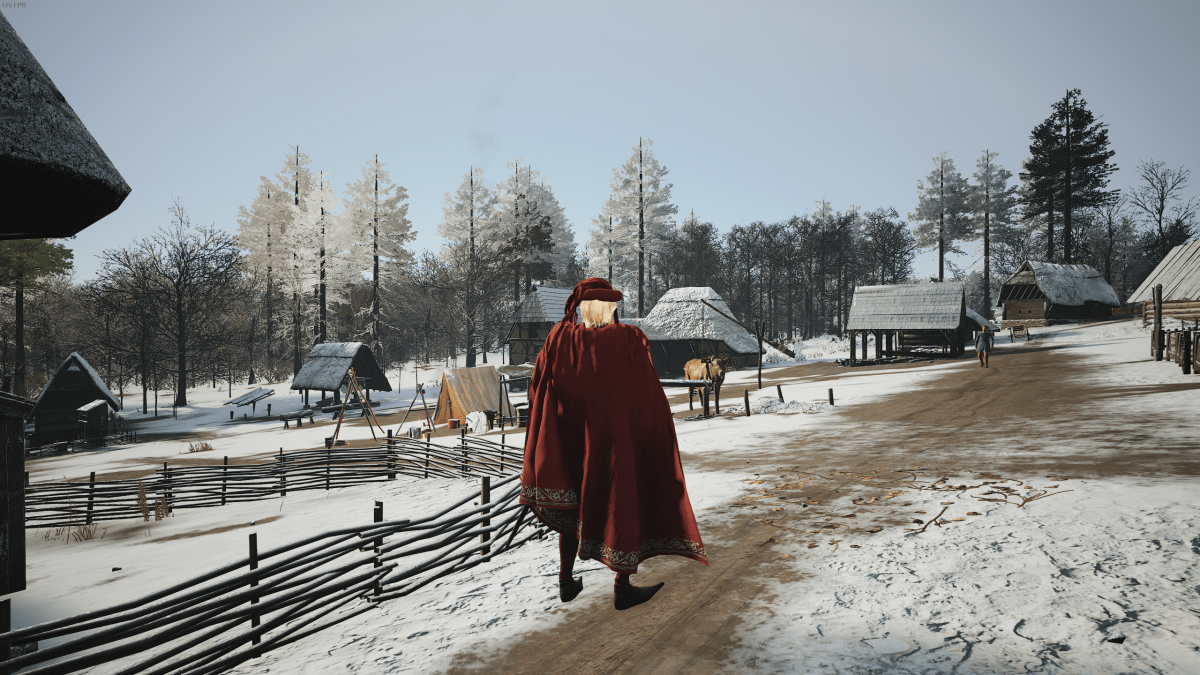Before there was Tomb Raider or Uncharted, there was Prince of Persia, an early platforming title that saw major success. Starting in 1989, the franchise has seen its fair share of highs and lows. Here’s every main Prince of Persia game ranked from worst to best.
Prince of Persia 3D
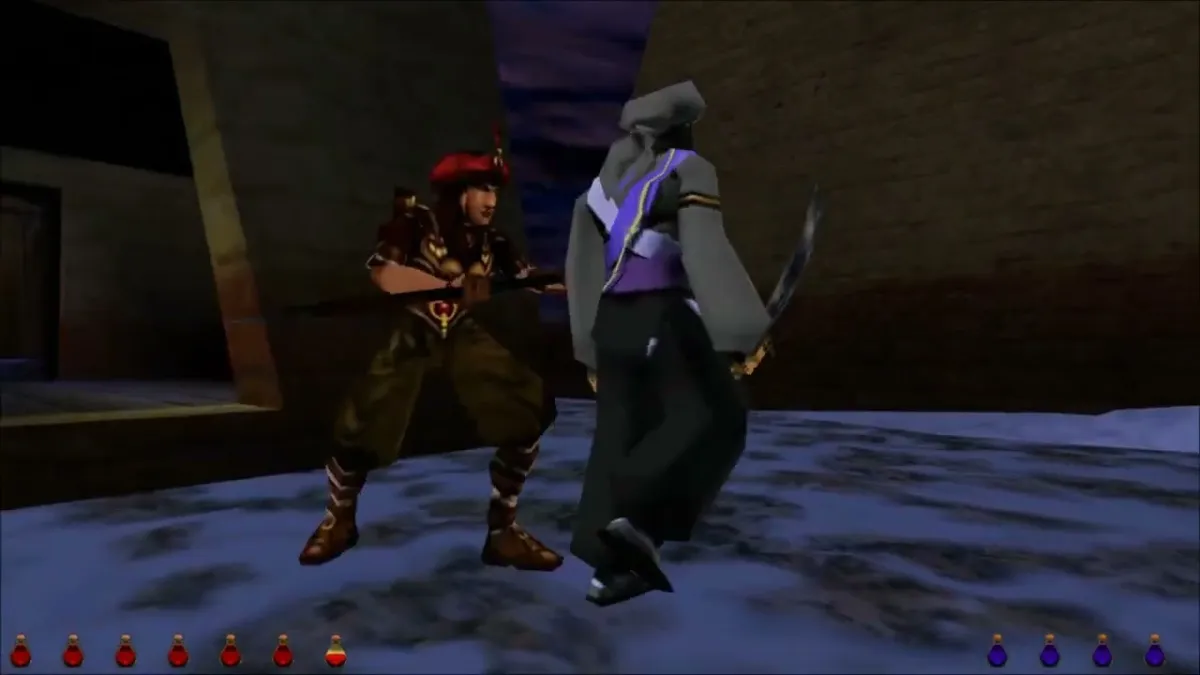
In the wake of franchises like Tomb Raider and Super Mario popularizing 3D platforming, the Prince of Persia series made its first attempt at 3D gameplay with 1999’s Prince of Persia 3D. Released for the PC and Dreamcast, the game has the prince out to rescue his wife and clear his name for the sultan’s recent murder at the hands of his own brother. Navigating numerous trap-filled environments, the prince repeatedly battles Rugnor, the sultan’s nephew who intends to marry the prince’s bride himself.
Despite coming out in 1999, several years into 3D platforming being embraced by the gaming mainstream, Prince of Persia 3D feels like a first-generation 3D platformer. Unresponsive controls, a terrible camera system, and clunky modeling make for something that feels closer to Earthworm Jim 3D than Banjo-Kazooie. In trying to stay relevant, Prince of Persia 3D comes off like a Tomb Raider rip-off rather than a return to form.
Prince of Persia: The Forgotten Sands
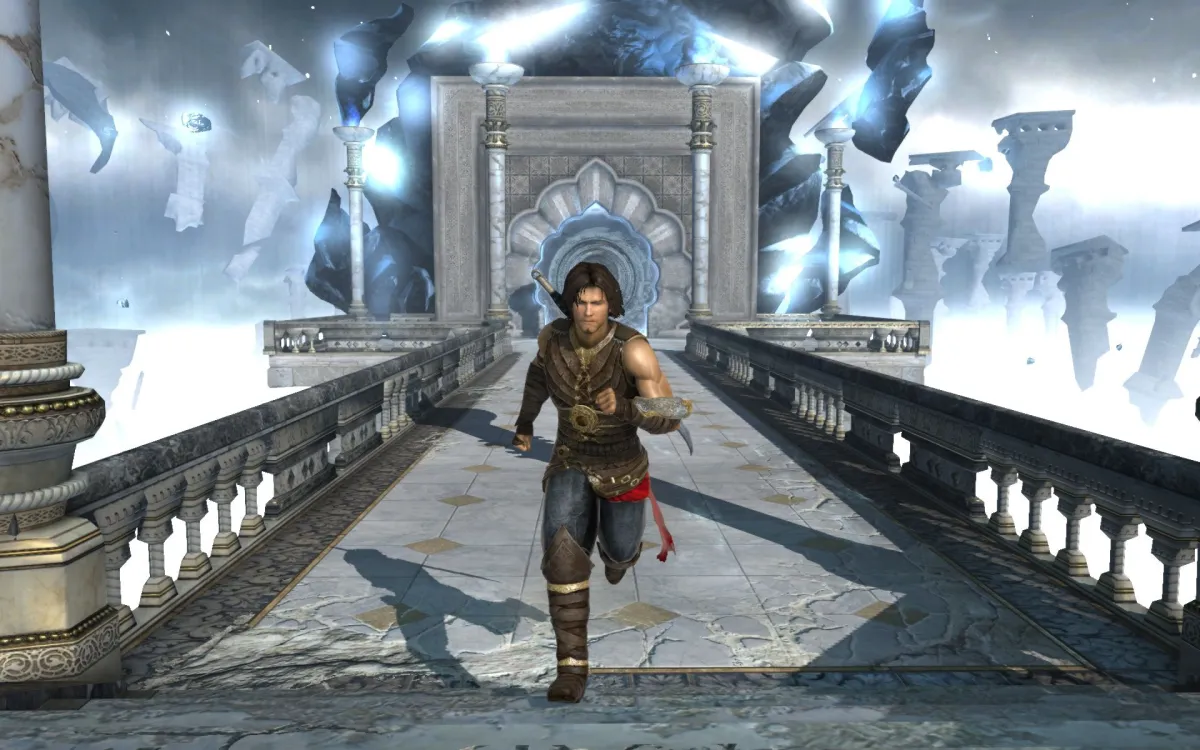
Initially developed as a tie-in to the live-action feature film Prince of Persia: The Sands of Time, 2010’s Prince of Persia: The Forgotten Sands shifted during development to be within the modern trilogy. Set between the events of The Sands of Time and Warrior Within, The Forgotten Sands has the prince face his brother after he revives a supernatural army, only to be corrupted by them. The Wii version and handheld versions have their own distinct stories rather than tying directly into the overarching narrative.
For The Forgotten Sands, Ubisoft wisely reinstated the gameplay mechanics and sense of consequence that the 2008 Prince of Persia reboot lacked. Though the 2010 game does restore that familiarity that made other games in the series work so well, the entire thing just feels a bit thrown together and could’ve used some extra polish. There is just something stopping from The Forgotten Sands standing at the same level as the trilogy it’s set within, being good enough to remind fans why they liked the other three games but never able to escape from their shadow.
Prince of Persia (1989)
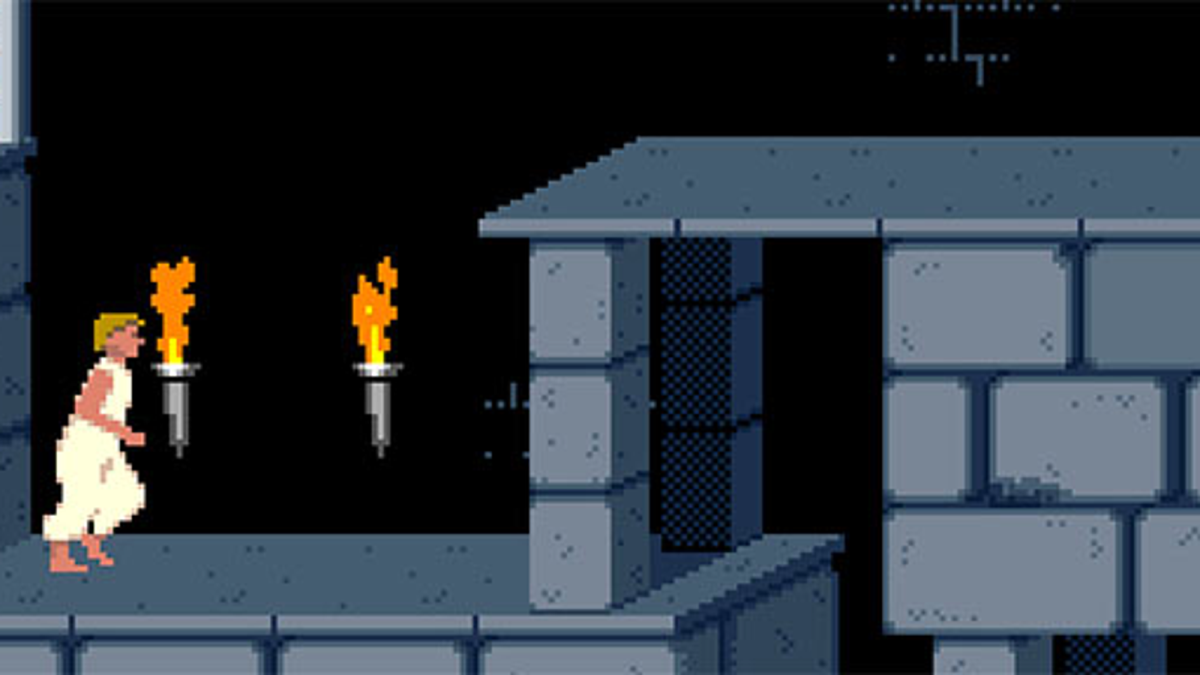
The game that started it all was Prince of Persia, originally designed by Jordan Mechner for the Apple II before being ported to virtually every contemporary platform. The game has the royal vizier, Jaffar, seize the power of a Persian sultanate and threaten to execute the princess unless she marries him to give his royal claim legitimacy. The imprisoned prince betrothed to the princess must escape and infiltrate the royal palace to defeat the vizier and save the princess.
While understandably the most dated of the franchise, the original Prince of Persia is quite remarkable for what it accomplished in 1989, including more complex navigating and even an intuitive combat system. Earlier versions of the game are unforgivably difficult, with a time limit and deadly designs, especially in the Super Nintendo port. A revolutionary achievement for its time, Prince of Persia holds up over 30 years after its initial release, though some might not see the appeal or have the patience for it.
Prince of Persia (2008)
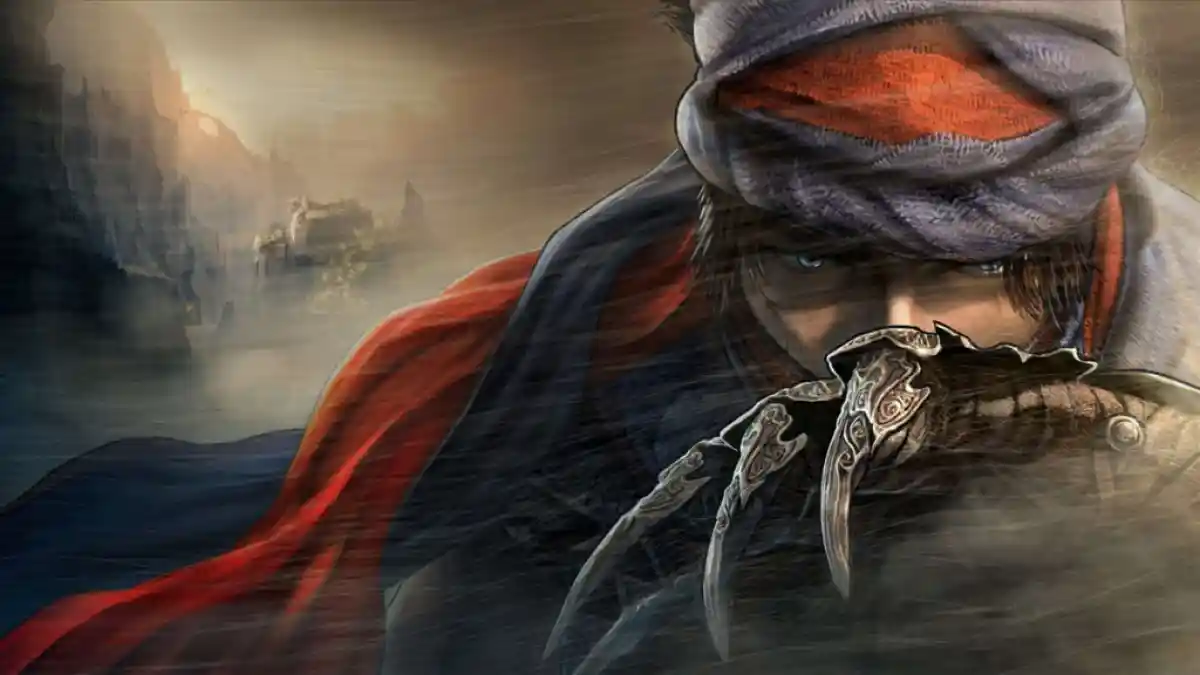
In an attempt to make the franchise more accessible and give players a fresh jumping-on point, Ubisoft rebooted the series with 2008’s Prince of Persia. Starring a new, unnamed prince compared to previous installments, the reboot has the protagonist team up with a magical princess named Elika. The unlikely pair set out to undo the corruption caused by a corrosive demigod, with Elika’s powerful abilities protecting the prince as he faces the demigod’s formidable associates.
The Prince of Persia reboot’s big unique mechanic is that Elika rewinds time whenever the prince would normally die, essentially giving players a chance to try again with an instantaneous continue without throwing off the game’s flow. This does underscore one of the reboot’s biggest issues, in that it’s far too easy, from laughably simple platforming to more forgiving combat. There’s something to be said for that level of accessibility, but for a franchise known for its difficulty, the 2008 Prince of Persia definitely keeps its training wheels firmly on.
Prince of Persia 2: The Shadow and the Flame
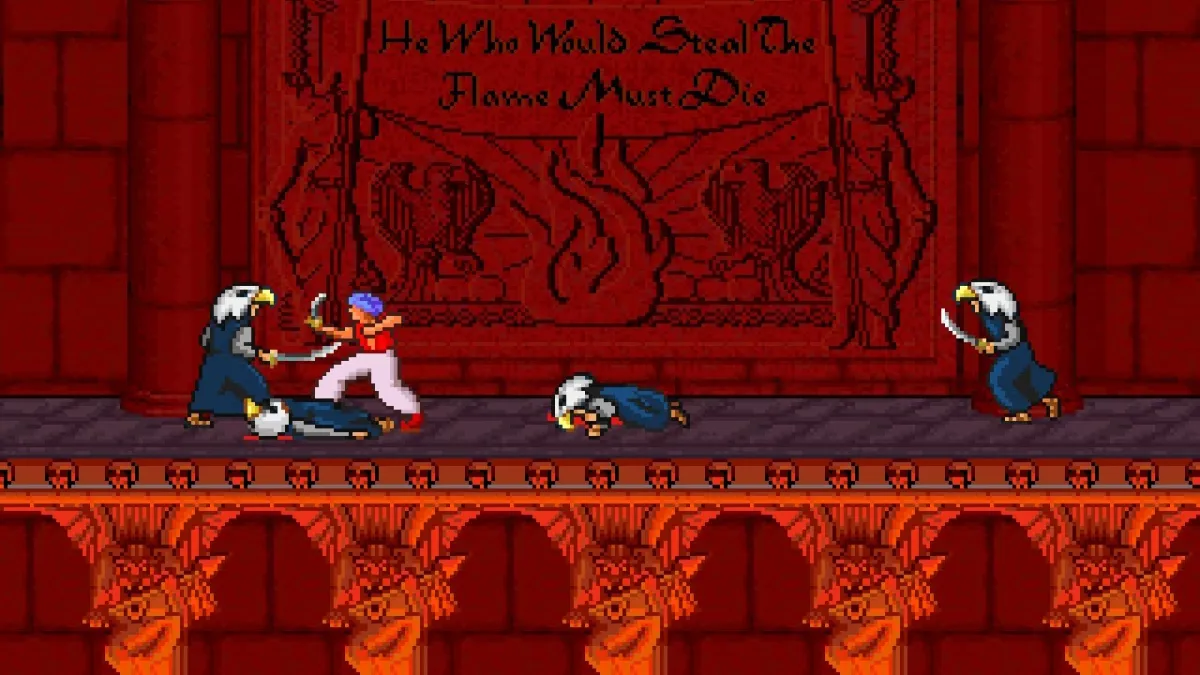
After Prince of Persia found success from its ports on other platforms, it received a sequel for the PC in 1993, Prince of Persia 2: The Shadow and the Flame. Set several days after the events of the first game, The Shadow and the Flame has Jaffar return and magically assume the prince’s form to seize the throne. Banished to a faraway land, the prince fights to return home and destroy the evil vizier once and for all.
The Shadow and the Flame improves upon the original game’s foundation in virtually every way, presenting more elaborate puzzles and level designs while refining the combat system. The sequel also provides a more cinematic scope and importance on the in-game narrative than the original game as the franchise hallmarks begin to take shape. Immensely difficult, even more so than the preceding game, The Shadow and the Flame will infuriate some, but for those looking for a challenge, it remains a solid classic.
Prince of Persia: The Two Thrones
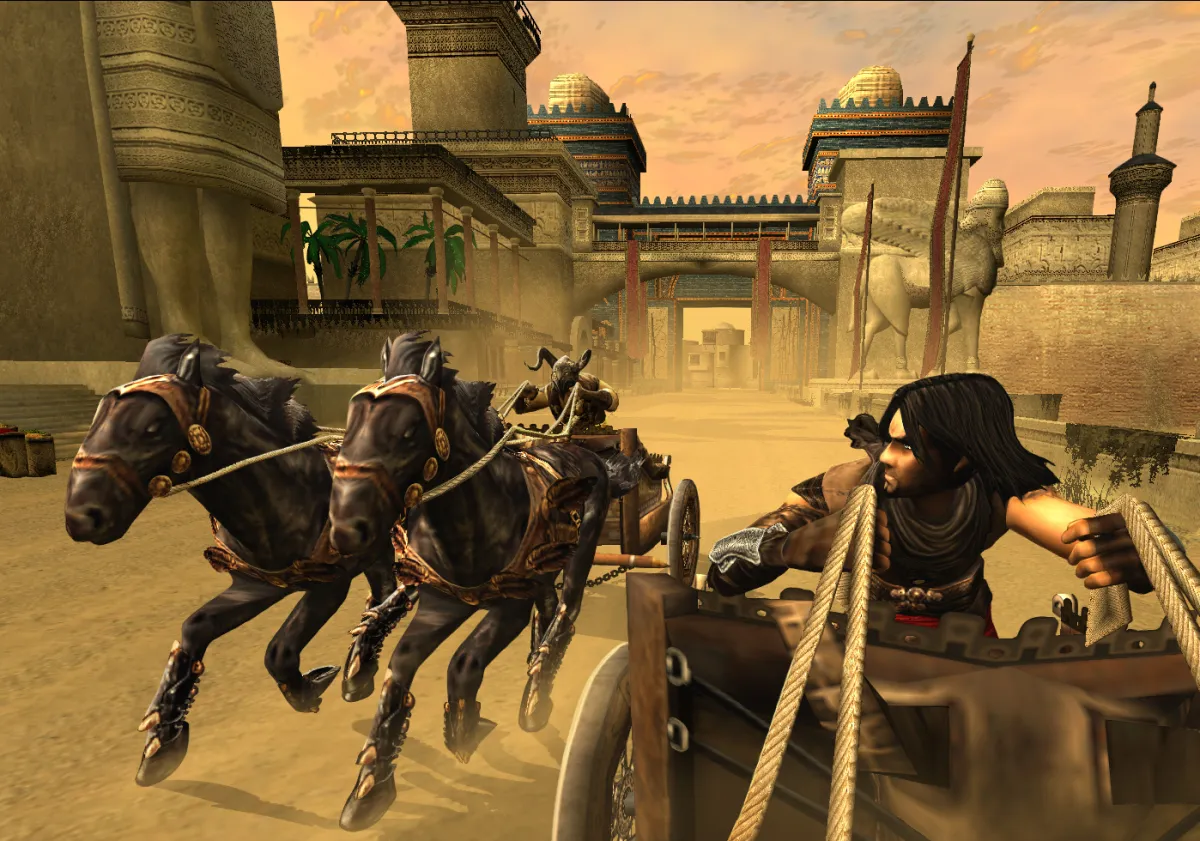
The culmination of the Sands of Time trilogy is 2005’s Prince of Persia: The Two Thrones, which revisited the characters from The Sands of Time. Because of the prince’s tampering with the timeline in Warrior Within, history was rewritten to create a reality where the evil vizier succeeded in gaining the Sands of Time for himself. The prince moves to defeat the vizier and save Babylon from his corrosive influence, reuniting with his love, Farah, who has yet to meet him in this new timeline.
The Two Thrones continues to add new refinements to its combat and platforming mechanics, retaining much of what made the preceding two games so popular. To be sure, The Two Thrones is worthy of the example set by its predecessors but doesn’t quite have the same wow factor as them, with the formula becoming more apparent. The game delivers a solid if somewhat unsurprising end to the revival trilogy, delivering its thrills with workmanship-like care.
Prince of Persia: Warrior Within
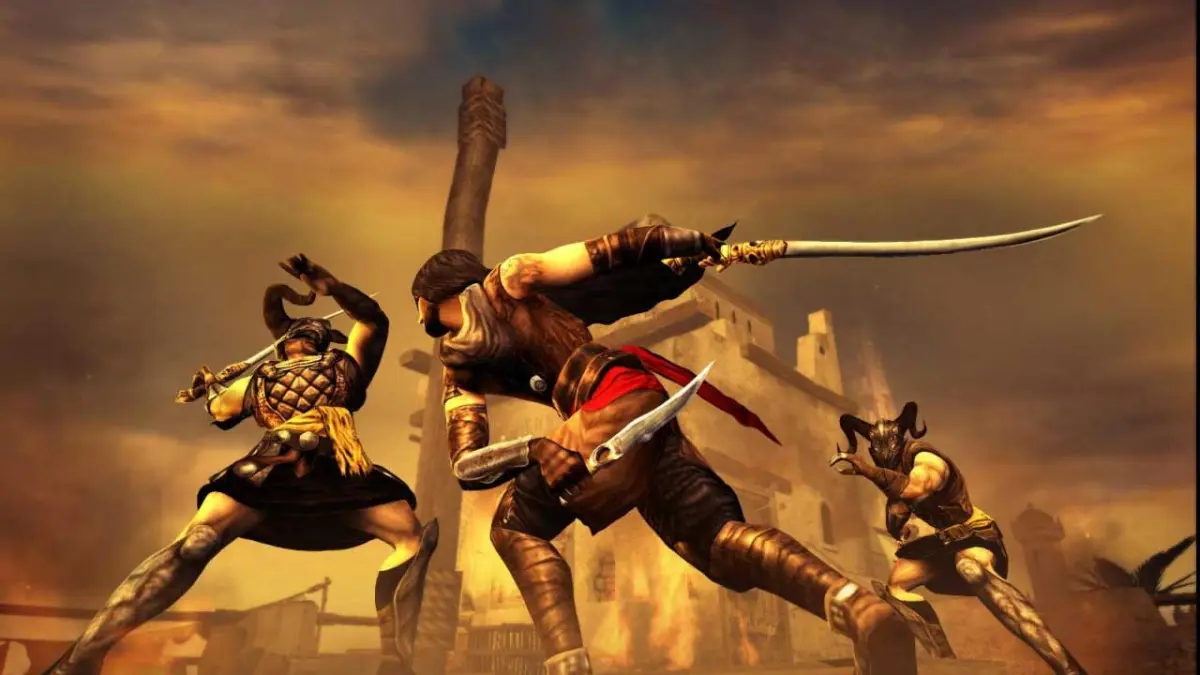
The darkest game in the Prince of Persia franchise to date is 2004’s Prince of Persia: Warrior Within, which veers more into combat-heavy gameplay than its predecessors. Set in the aftermath of The Sands of Time, the prince is blamed for the devastation caused by releasing the Sands of Time and becomes a fugitive. The prince journeys to a distant land to confront the Empress of Time and alter history, intending to prevent the Sands of Time from being created at all.
To be sure, Warrior Within is one of the best games in the Prince of Persia series, retaining the platforming elements the franchise is famous for with an added emphasis on combat. What divides fans is just how much darker the series goes, going as far as to earn a Mature rating for its more violent content. With the benefit of hindsight and calibrated expectations, Warrior Within is a high point for the franchise after growing accustomed to the tonal whiplash.
Prince of Persia: The Sands of Time
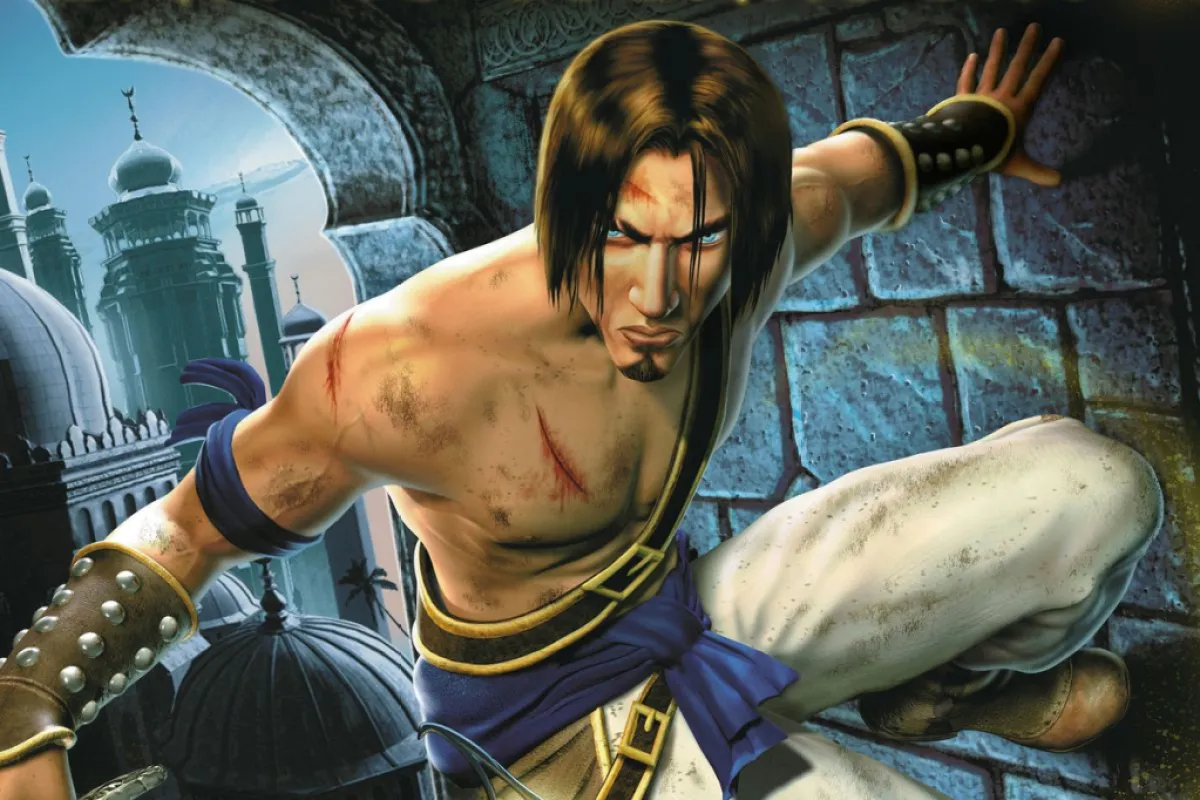
After the failure of Prince of Persia 3D, the franchise was in dire straits, saved by Ubisoft acquiring the property and designer Jordan Mechner returning to the series he helped launch. The result was 2003’s Prince of Persia: The Sands of Time, a reboot of the franchise that reimagined the prince’s battle against the vizier for the hand of Princess Farah. Helping the prince is the Dagger of Time, an artifact that allows him to briefly rewind time to undo his recent mistakes.
The Sands of Time is one of the best 3D platforming games of all time and completely revived the franchise after years of obscurity. With a navigation and combat system rewarding precision, the Dagger of Time mechanic provides a bit of much-appreciated forgiveness to players who miss their marks. The perfect blend of the franchise’s signature difficulty and accessibility to new players unfamiliar with the series, The Sands of Time is the high bar against which all other games in the series are judged.

